ALEXANDER LIBERMAN
(AMERICAN, 1912–1999)
The Way, 1972–80
eighteen salvaged steel oil tanks
780 x 1224 x 1200 inches
Laumeier Sculpture Park Collection, gift of Alvin J. Siteman and with funds from the National Endowment for the Arts
Composed on-site in this open clearing in 1980, The Way has long stood as an acting symbol for the Park, projecting in all directions like the guns of a giant battleship. This monumental work dominates the field; its scale is, in part, meant to represent the awe-inspiring impact of classical Greek temples and mammoth Gothic-style cathedrals. The massive, crumpled cylinders are welded together and placed to resemble a post and lintel architectural system. With numerous points of tension, this sacred pile of weighted geometry possesses shrine-like properties with humorous undertones, familiar to a failed game of Jenga. Discovered along the northeast coast, the eighteen salvaged steel oil tanks are a towering gateway built in the modernist spirit. Cadmium red was chosen for its symbolic qualities, representing beauty in Russian culture, and as a luminous, abstract mixture that unifies all of the constructed parts of the artwork. Liberman’s carefully placed industrial columns offer layered symbolism that combines site with compositional elegance and bold enthusiasm of form.
Sculpture Interaction Guideline: Look, But Do Not Touch
ARTIST BIOGRAPHY
Alexander Liberman was born in 1912 in Kiev, Russia (now the Ukraine). He studied at the École des Beaux Arts in Paris in the early 1930's. Liberman came to New York in 1941 and joined Vogue. He went on to become the Editorial Director of Condé Nast Publications in 1962. By the mid-1950's, Liberman was exhibiting his own paintings and photographs in galleries and museums around New York. In 1959, he learned to weld steel and quickly began making monumental sculpture. Liberman's highly recognizable steel sculptures are assembled from industrial objects often painted in bright, uniform colors. One of his first public commissions was from the architect Philip Johnson for a pavilion at the 1963 World's Fair. Liberman's sculptures and paintings are included in the collections of the Metropolitan Museum and the Museum of Modern Art, New York; the Corcoran Gallery of Art and the Hirshhorn Museum and Sculpture Garden, Washington, D.C.; the Solomon R. Guggenheim Museum; New York, and the Tate Modern, London.

